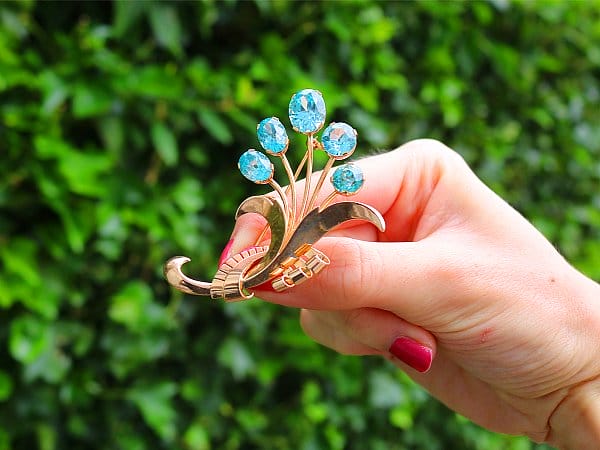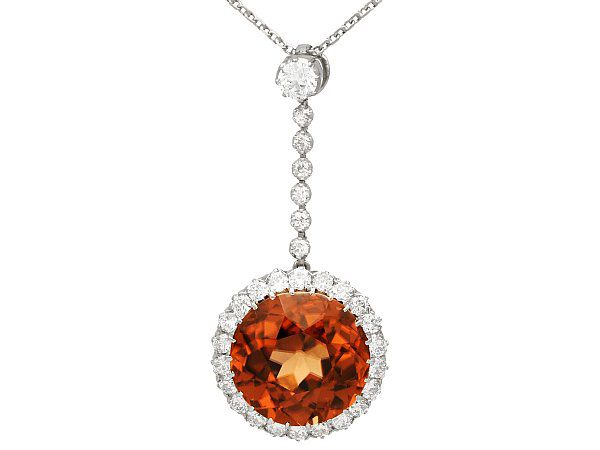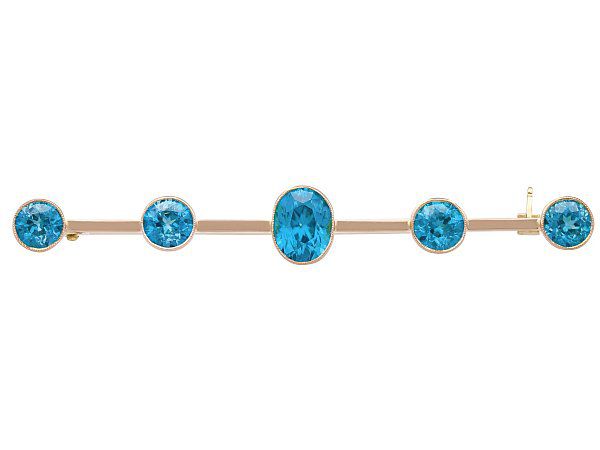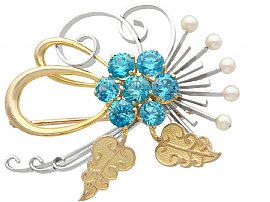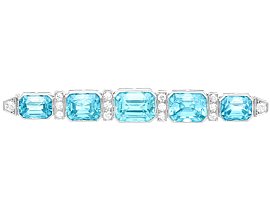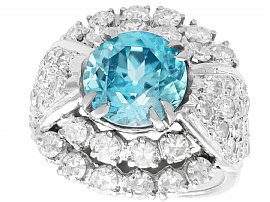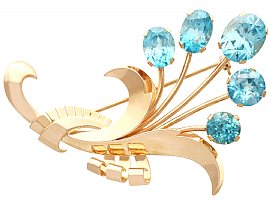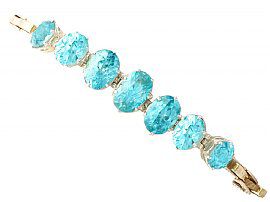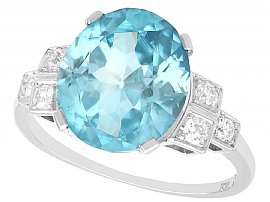The History of Zircon
Zircon is the gemstone used as a birthstone for those born in December. First discovered more than 2,000 years ago, these stones are now found around the world. The Zircon offers a comparable sparkle and shine that makes a fitting diamond substitute, however, cubic zirconia became the later alternative. Zircon is a gemstone in its own right, coming in a range of colours unique to the stone.
The History and Meaning of Zircon
Zircon was believed in the Middle Ages to have magical properties, similar to a lot of gemstones. Keeping a zircon close by supposedly aided in sleeping, as well as warding off evil in all its forms. The stone was very popular in the Victorian period, particularly in its blue colouring. Smoky or clouded-looking zircons were also commonly used in mourning jewellery.
This gemstone inspires and grounds the user. Its earthy colourings and connection to the dirt of earth itself is believed to strengthen the owner’s connection to reality. Used to motivate and focus, the zircon is capable of steering someone on the right course.
Zircon is a fairly affordable gemstone, whether being used as a diamond simulant or being enjoyed in its own right. The internal facets of zircons have excellent shine and a high light refraction. This makes them very similar to diamonds at a surface level.
The Colours of Zircon
Like most gemstones, zircon can organically occur in a range of colours as well as being artificially enhanced. Most natural zircons come in earthy tones, with browns, reds, oranges, and yellows being the most prominent. Of all naturally-coloured zircons, greens are the rarest, with the vast majority of green zircons are found in Sri Lanka; although it is possible to mine them in other locations, Sri Lanka is the predominant exporter of green zircon.
Through the use of heat treatment, zircons can be altered to present different colourings; blue zircons being the most popular choice of heated zircon stones. Naturally-coloured stones that are heated easily present a range of popular blue hues. Blue zircons can be further reheated with oxygen to attain a golden tone. It is possible to find naturally colourless zircon, but it is incredibly rare. Instead, naturally pale stones can be treated to remove any remnants of colour and create a clear-looking gemstone.
Ancient Gemstones
Zircon gemstones are formed in the earth’s crust. The many years spent forming in this place means they contain trace amounts of thorium and uranium. Technically a radioactive substance, the uranium levels found in zircon are not nearly enough to cause any degree of harm. It is their radioactivity that allows them to be accurately aged, causing gradual decay from within the stone.
Isotopes have been used to determine the age of zircon samples. It has been estimated that a fragment found in Western Australia is around 4.4 billion years old. The Earth itself is only estimated to be around 4.54 billion years old. This zircon sample is determined to be the oldest rock ever discovered on our planet. For some, this knowledge imbues the stone with an element of mysticism. Older than almost anything else on Earth, zircon is understandably revered by many.
The zircon has a Mohs hardness of 7.5, placing it in a suitable position for regular usage and wear. This is a popular gemstone, particularly as an alternative to the traditional December birthstone, turquoise. The blue colouring that’s common in this gemstone is ideal for a sparkling replacement for the typical turquoise. One of the oldest materials on Earth, the zircon represents an enduringly popular gemstone.
